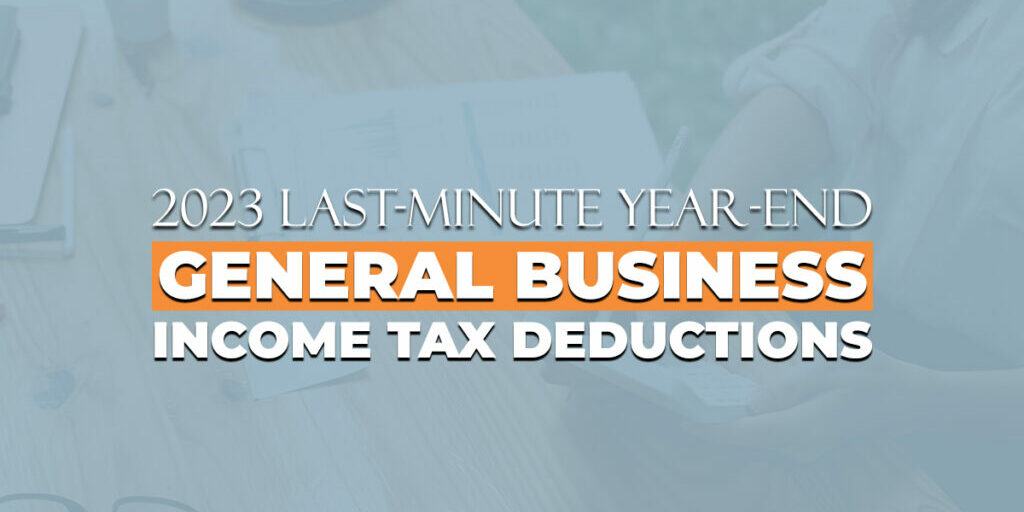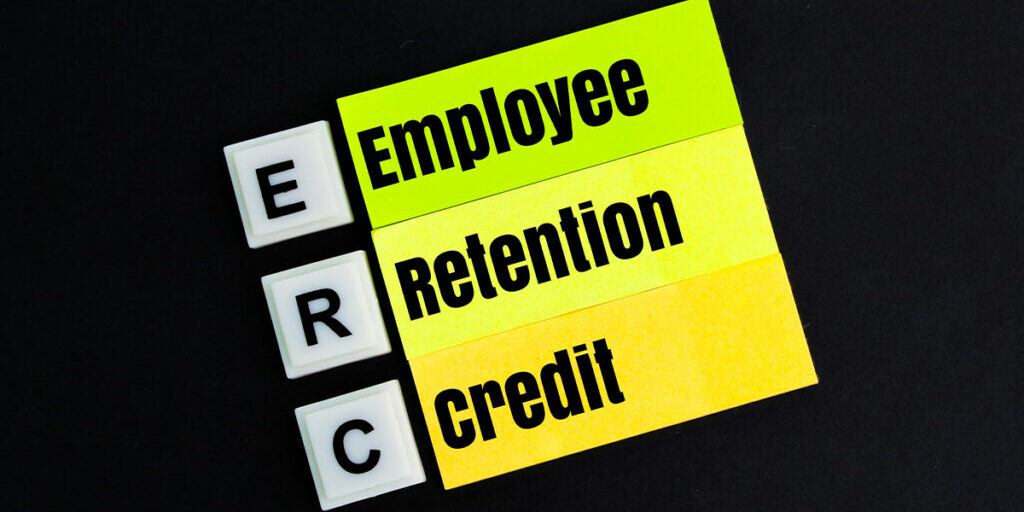All Posts
All
- All
- Best Business Practices
- Business Tax
- Individual Tax
- Investment
- QuickBooks

A Comprehensive Guide to Health Care Sharing Ministries
A Comprehensive Guide to Health Care Sharing Ministries As we take a closer look at healthcare options, there’s one model many people know very little about. Health care sharing ministries...

Driving Business Success: Navigating the Choice Between Buying and Leasing Vehicles
Choosing whether to buy or lease a business vehicle is a crucial decision that can significantly impact your company's financial health. Both options come with their own set of advantages...

Bridging the Gap Between SECURE Act and SECURE Act 2.0: What You Need to Know
Bridging the Gap Between SECURE Act and SECURE Act 2.0: What You Need to Know Legislative changes play a significant part in determining the financial future of millions of Americans,...

2023 Last-Minute Year-End General Business Income Tax Deductions
2023 Last-Minute Year-End General Business Income Tax Deductions There’s nothing better than getting a tax refund from the IRS when tax season comes. Of course, there are many moving parts...

Processing New ERC Claims? What You Must Know About the IRS ERC Mess
The Employee Retention Credit (ERC) was an important tax credit available to specific employers. The program ended at the end of 2021, but employers can still claim it by filing...

Depreciation: From Beginning to Middle to End
If you have assets in business or rentals, depreciation is an essential concept to understand. However, it can be confusing for those who aren’t tax experts because of all the...

Corporate Advances to the Owner: Loans, Dividends, or Salary?
Understanding the finances of owning a business is critical to your success, as well as your avoidance of serious issues with the IRS. Such is the case with corporate advances....


